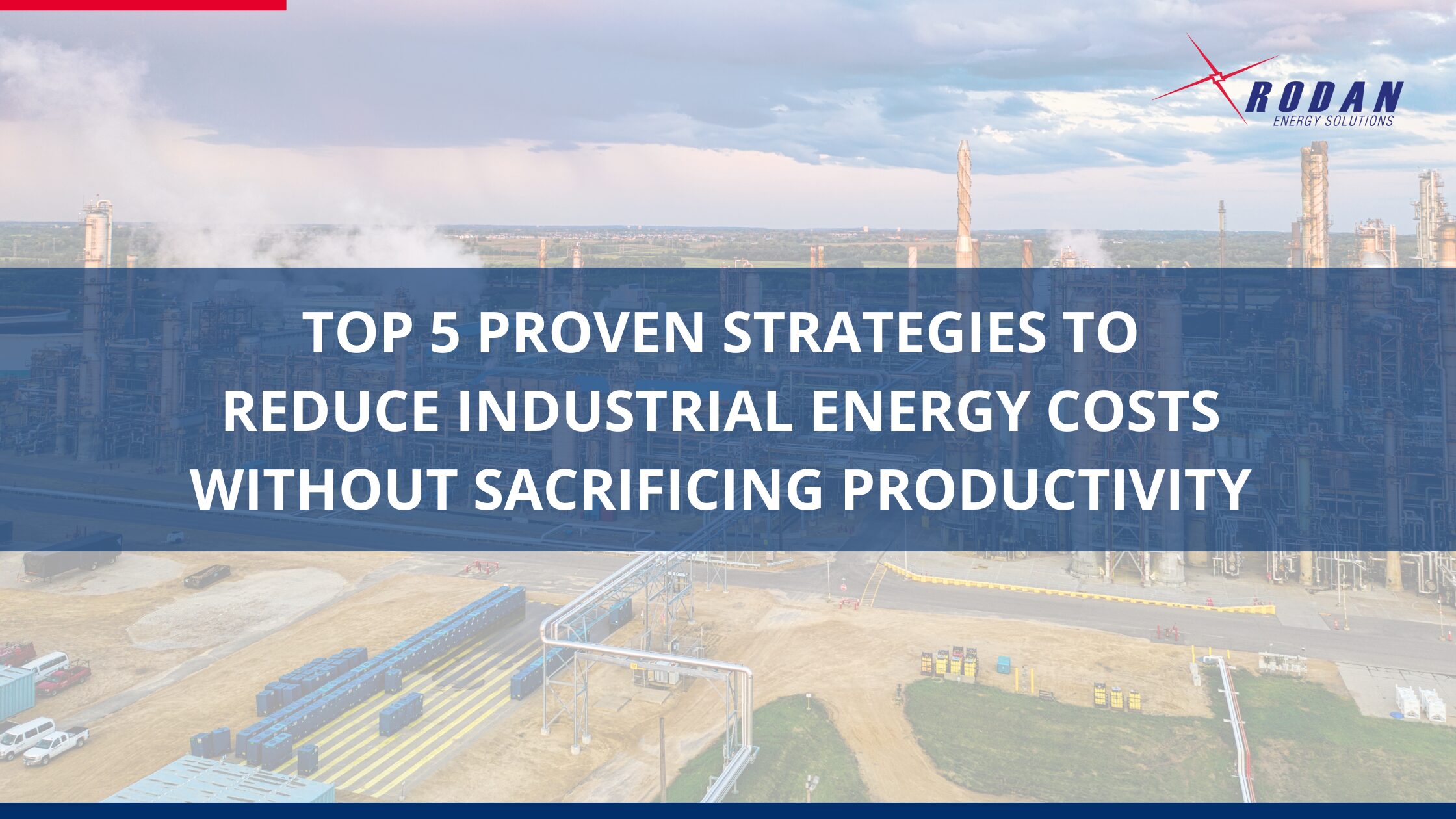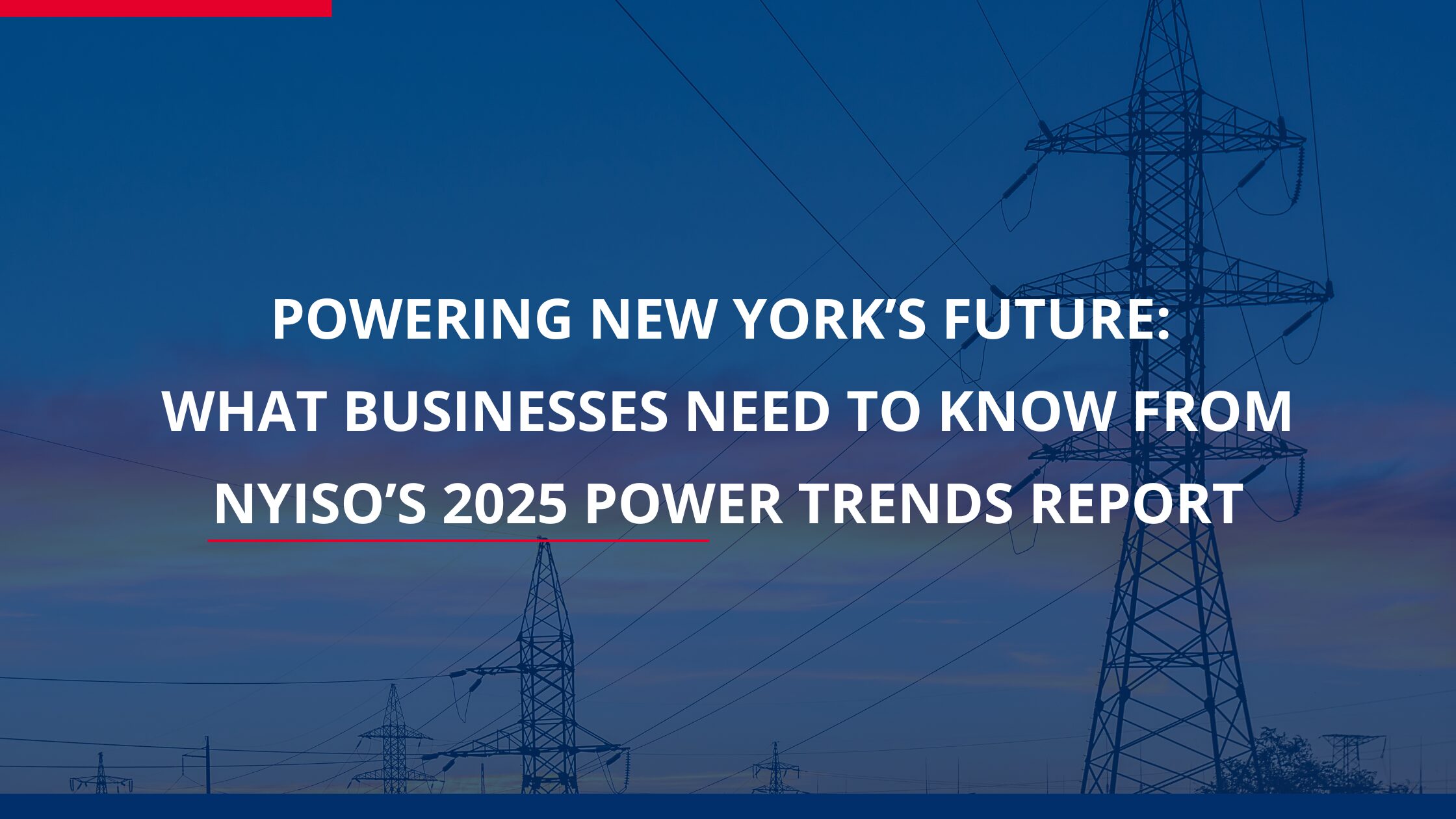Industrial facilities across North America are facing a tough equation: rising electricity and natural gas prices, tightening carbon reduction mandates, and constant pressure to maintain production throughput and reliability.
The good news? Reducing energy expenses doesn’t mean compromising productivity. The next wave of savings is coming from strategic load management, real-time energy data, and onsite energy systems—not just turning off the lights.
Here are five practical, proven strategies that operations teams can implement to cut energy costs while maintaining performance.
1. Turn Load Flexibility into a Revenue Stream
Load flexibility refers to a facility’s ability to temporarily reduce or shift its energy usage without affecting core production. This might mean rescheduling non-essential processes or adjusting equipment operation during high-cost periods.
Utilities and grid operators offer financial incentives to facilities that can reduce energy use during peak demand times. These programs, called demand response, provide payments or credits when participants reduce load during grid stress events like heatwaves or cold snaps.
Benefits:
- Earn revenue through demand response participation
- Support grid reliability during critical periods
- Improve operational agility by integrating energy into production planning
Getting started:
- Partner with a demand response aggregator to determine program eligibility and maximize incentives
- Identify non-critical loads (e.g., HVAC systems, auxiliary pumps, batch processes)
- Automate control systems to respond to utility signals in real time
- Establish clear curtailment procedures for quick activation during events
2. Use an Energy Management Information System (EMIS) for Visibility and Control
An EMIS combines metering, dashboards, and analytics to give operations teams real-time visibility into energy use across equipment, shifts, and processes. It turns energy data into actionable insights for performance improvement.
Why it matters:
When energy metrics sit alongside production KPIs, they become part of operational excellence—not just a cost-tracking exercise.
Benefits:
- Detect anomalies and energy spikes immediately
- Align energy consumption with production goals
- Support peak management and sustainability reporting
How to implement:
- Install submeters on high-load equipment
- Integrate EMIS dashboards into control rooms and production systems
- Track energy KPIs alongside throughput, scrap rate, and downtime metrics
3. Avoid Coincident Peak Demand Charges with Predictive Peak Management
Coincident peak demand charges—based on system-wide peaks across regional grids—are often the single largest controllable cost on an industrial electricity bill. Predictive peak management helps facilities anticipate these grid peaks and strategically reduce load during those critical hours.
Why it matters:
Coincident peak periods typically occur only a few times per year, but missing them can add hundreds of thousands of dollars to annual energy costs. By forecasting and responding effectively, facilities can dramatically lower these charges without impacting core production.
Benefits:
- Reduce coincident peak demand charges and capacity costs
- Improve cost predictability and budgeting for energy-intensive operations
- Pair peak alerts with dashboards and EMIS for real-time visibility and verification
How to implement:
- Subscribe to peak prediction and notification services that track system-wide conditions
- Develop curtailment playbooks for flexible loads and schedule drills before peak season
- Use EMIS dashboards to monitor response and confirm avoided charges for reporting
4. Deploy Onsite Energy Resources for Cost Control and Resilience
Technologies like battery energy storage, combined heat and power (CHP), and microgrids allow facilities to generate or store their own energy onsite.
Benefits:
- Reduce reliance on the grid
- Avoid peak charges
- Provide backup power during outages
- Participate in energy markets for additional revenue
Use cases:
- Batteries that discharge during peak hours
- CHP systems that generate electricity and heat from a single fuel source
- Microgrids that manage multiple energy assets and maintain uptime during grid failures
Modern control systems enable dynamic operation based on plant needs and utility signals, making these assets more valuable than ever.
5. Make Energy Management Part of Continuous Improvement
The most efficient facilities embed energy management into daily operations and long-term planning rather than treating it as a one-time project.
Best practices:
- Track energy KPIs monthly and review peak performance
- Use analytics to find inefficiencies (e.g., idle equipment, incorrect pressure settings)
- Include energy goals in plant performance reviews and staff training
- Align energy management with broader operational and sustainability goals
Energy as a Strategic Advantage
The industrial energy landscape is shifting from passive consumption to active, data-driven management. Facilities that embrace flexibility, visibility, and integration are turning energy into a competitive advantage.
Ready to uncover your savings potential? Contact us today for a personalized analysis of your facility’s energy usage and cost-saving opportunities from our experts.




